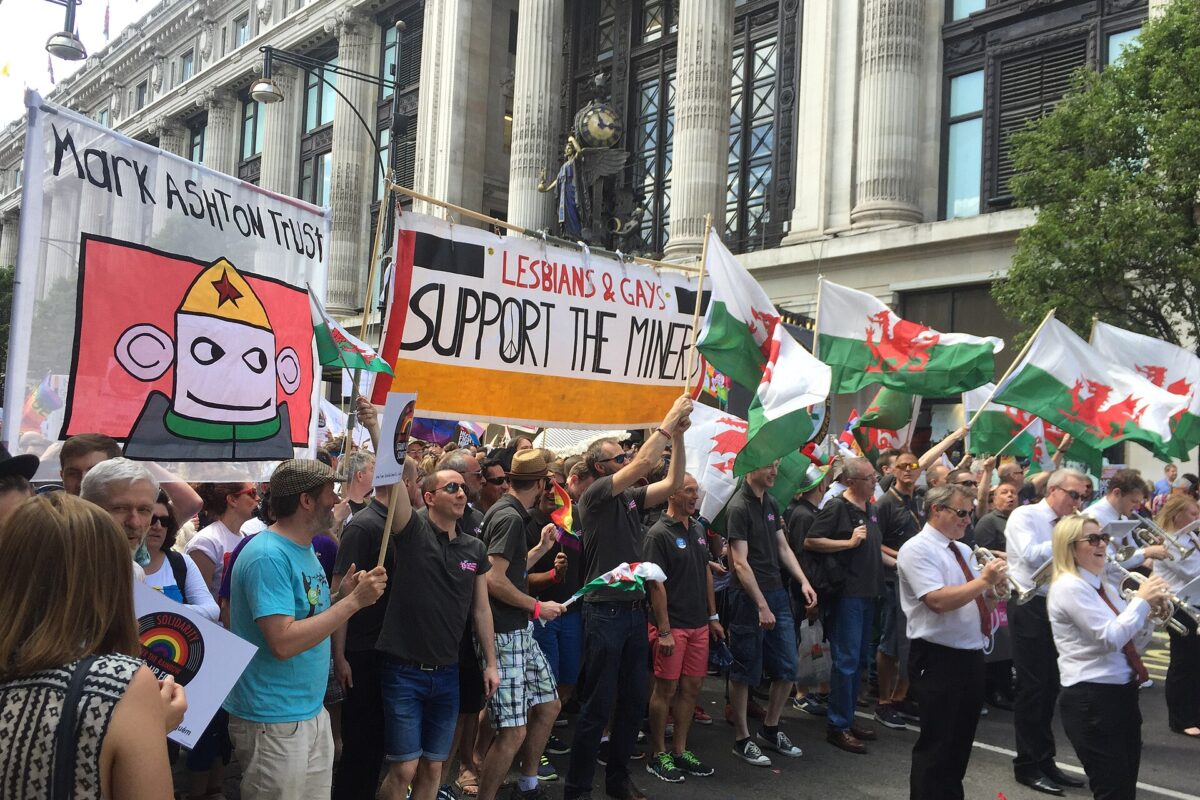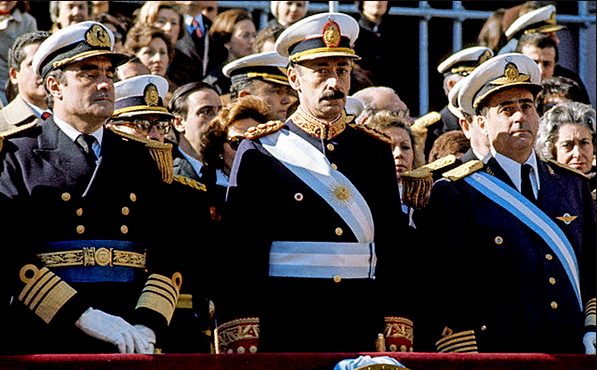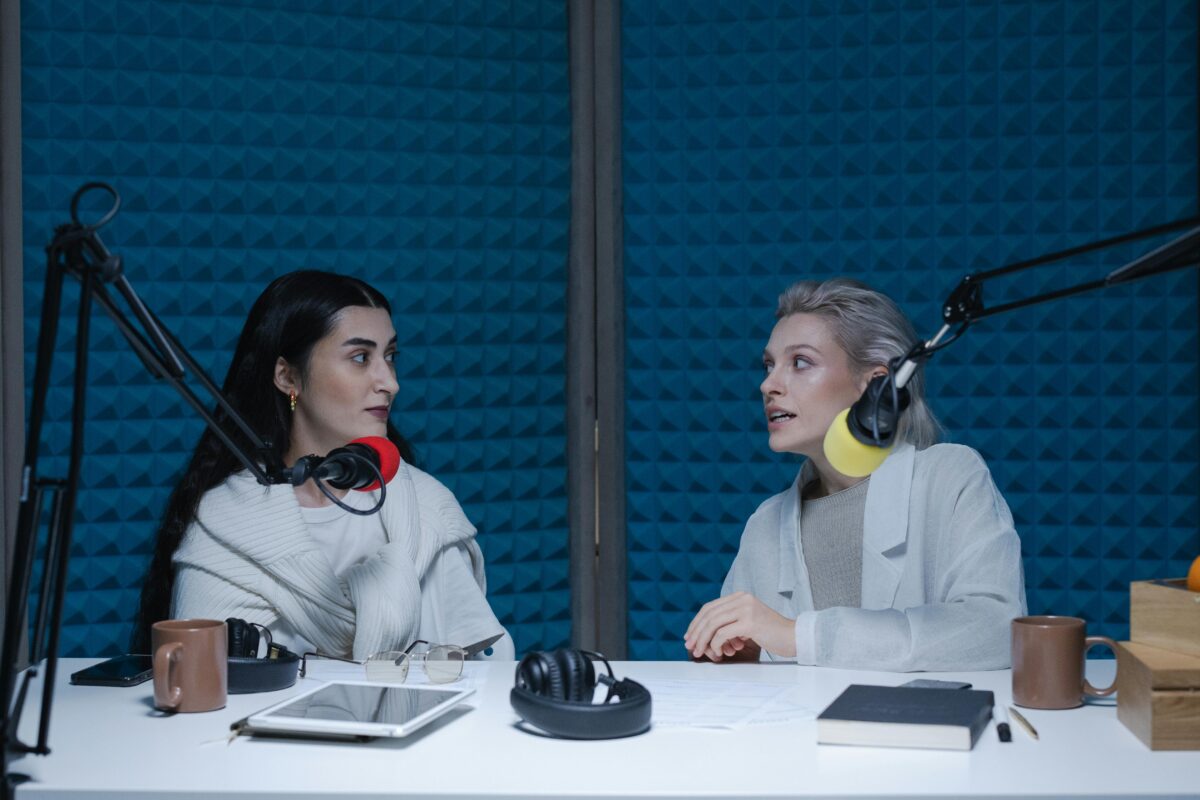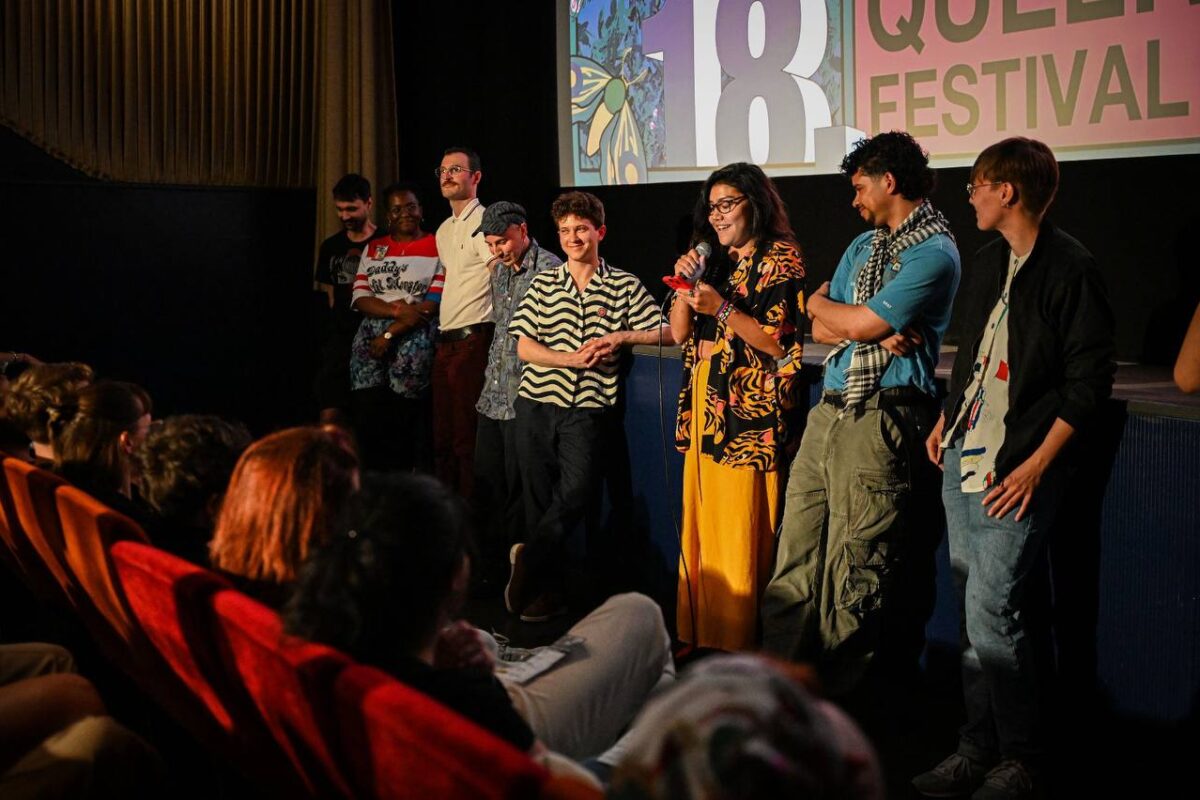Rebellious Daughters of History #15
by Judy Cox

Catherine Impey (1847-1923)
Catherine Impey was a radical Quaker who lived in Street, Somerset. She travelled around America 1870s and was horrified by the racism she witnessed. Her small home became a meeting place for black activists including Frederick Douglass who visited her in 1888.
After meeting Douglas Catherine set up Anti-Caste, Britain’s first anti-racist newspaper, which she produced with her mother and sister. Anti-Caste gave a platform to Black writers to expose racism and horrific working conditions within the British Empire, for example on Indian tea plantations.
The journal opposed the racist ideology behind the British Empire and gave prominence to anti-lynching campaigns in the Southern states of the US. Catherine drew criticism for giving graphic accounts of lynchings.
In 1893 Catherine joined forces with Ida Wells. They a new organisation, The Society for the Recognition of the Universal Brotherhood of Man, which opposed racial segregation and lynching. Catherine invited Wells to tour England lecturing on lynching and racism.

Ida B Wells (1862-1931)
Ida B Wells was born into slavery in Mississippi and her family was freed by the Emancipation Proclamation during the Civil War. Despite having to support her orphaned siblings from the age of 16, Ida trained as a teacher and co-owned The Memphis Free Speech which campaigned against racism and segregation.
In the 1890s, Ida exposed the horrors of lynching, which was used to oppress and intimidate African Americans. Her reports made an impact in the national press, but her newspaper office was destroyed by racist mobs and she was frequently threatened with violence.
Ida moved to Chicago, where in 1895 she married and had a family, with two step-children and four of her own, but she never stopped campaigning against racism and segregation, being dragged off a segregated train carriage. She helped to set up the National Association for the Advancement of Coloured People.
Ida also and organised for women’s rights and suffrage. Ida had many sharp conflicts with racist female suffrage campaigners. In 1913, Ida set up the Alphra Suffrage Club to organise among Black women in Chicago. When the National American Woman Suffrage organisation organised a parade and demanded that Black women went to the back of the march, Ida forced her way to the front.
During World War One, Ida was under government surveillance as a ‘race agitator’. She worked with Marcus Garvey to report on the race riots of 1919. Ida strongly supported workers’ rights, urging all Black women’s organisations to support the strikes of the Brotherhood of Sleeping Car Porters.
Ida did more than any of her contemporaries to link the struggle against racism to that for women’s rights, at a time when many white women accepted racist idea.
Ida B Wells published a biography, Crusade for Justice.

Revolution in action: Mika Feldman de Etchebéhère (1902 – 1992)
Mika was the child of Russian Jewish immigrants, and grew up with stories of how revolutionaries escaped the pogroms and jails of Tsarist Russia. She became an anarchist at age 15. In 1920 while at university she met Hipólito Etchebéhère, who became her compañero.
They were first involved in the group “Insurrexit” influenced by both Marxism and anarchism. Then they joined the Communist Party, but were expelled two years later for their disagreement with the party leadership and their support for Trotsky. Mika then traveled through Patagonia collecting first-hand reports of the massacre of peasants by the army.
In 1931 they travelled to Europe, first to Spain, then in 1932 to Germany where they witnessed the rise of Nazism, then in 1933 to Paris where they were involved with the revolutionary group, Que Faire.
Three years later they returned to Spain where they joined a POUM, the anti-Stalinist militia set up to fight Franco during the Spanish Civil War. Hipólito was given command of a column but was killed at Atienza.
Mika was marginalised as militia men protested that women’s job was to wash and mend the men’s socks. Mika replied ‘The women who are with us are militia members. We fight together, men and women, equal, and nobody better forget it! And we are all volunteers!’
Mika defied expectations and fought alongside the men. She was then made Capitan and fought on the fronts of Sigüenza, Moncloa, Pineda de Húmera.
Mika was also a member of Mujeres Libres, an anarchist set up in 1936 to fight a double struggle for women’s liberation and social revolution. The organisation attracted around 30,000 members.
The women challenged the dominant idea on the left that women should wait til after the revolution to fight for their liberation. During the Spanish Revolution the Mujeres trained women in military skills so they could join the militias.
When the republicans were defeated in 1939, Mika fled to France, but returned to Argentina before she could be arrested by Vichy. Mika returned to France in 1946. In Paris in 1968, Mika was seen getting students to wear gloves as they dug up paving stones to throw at the cops, so their hands would be clean and there would be no evidence against them.
In 1977, she published a memoir of her time in Spain.



